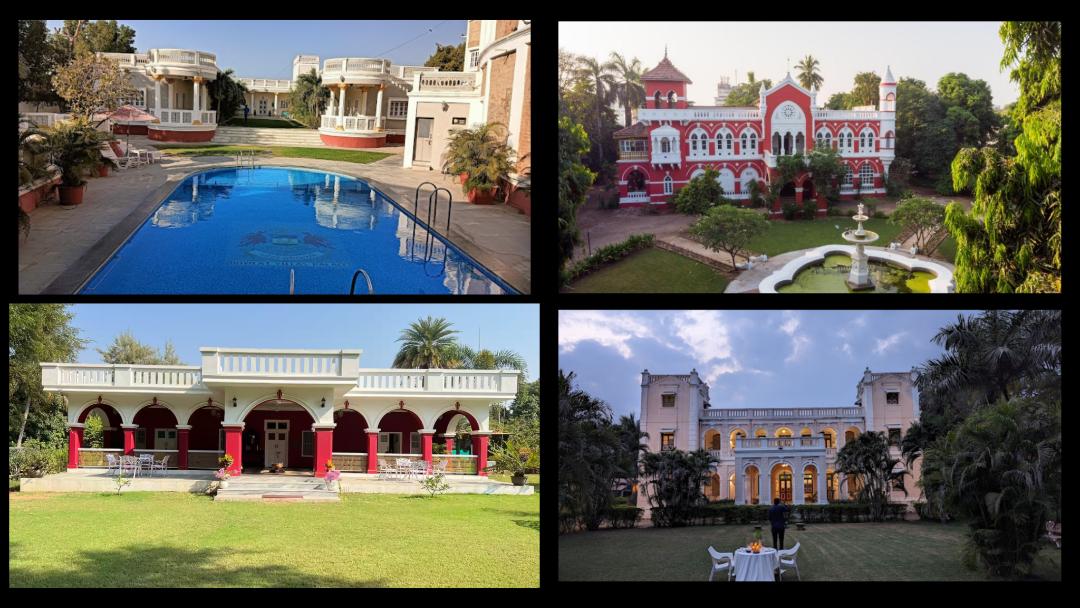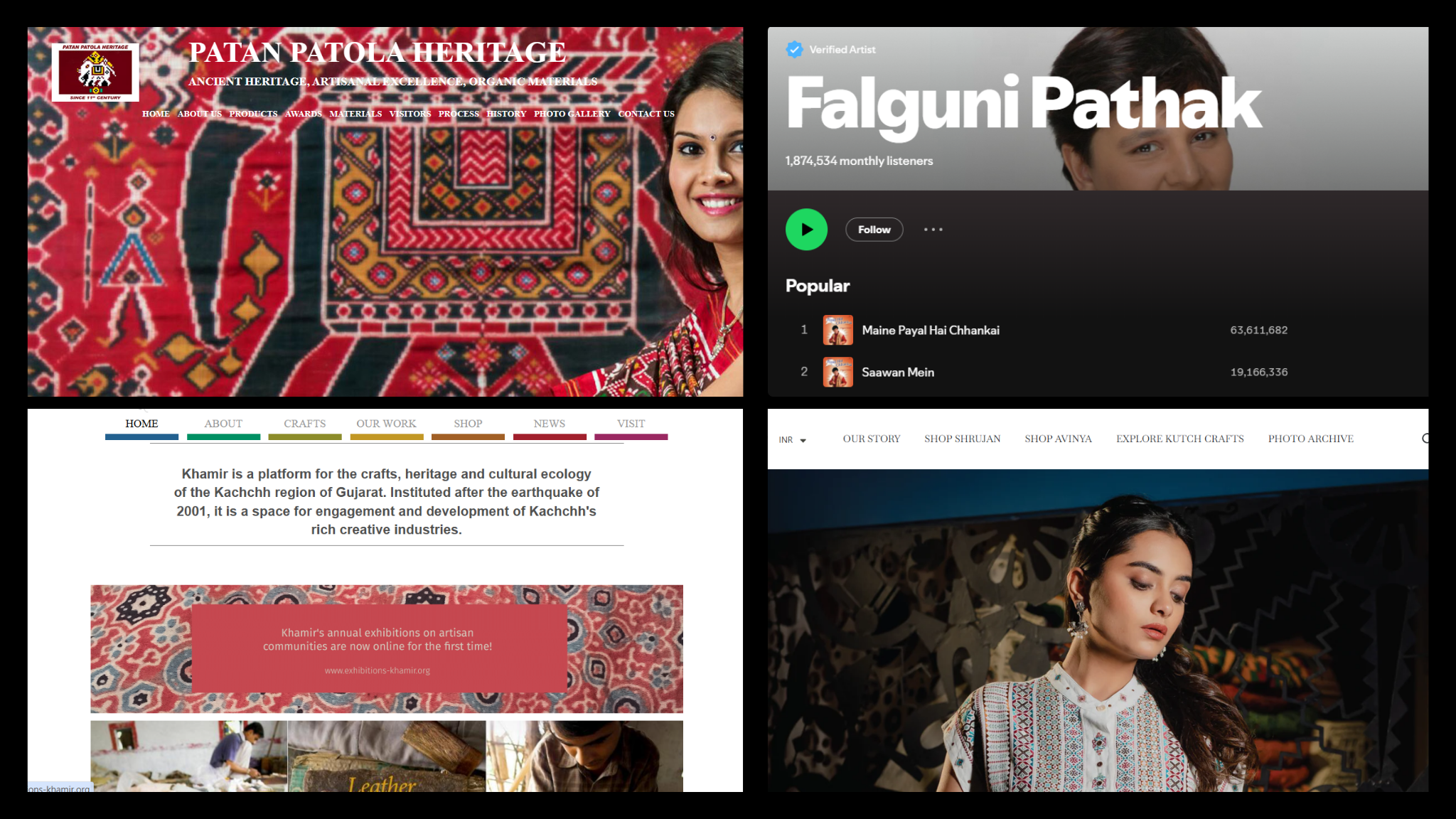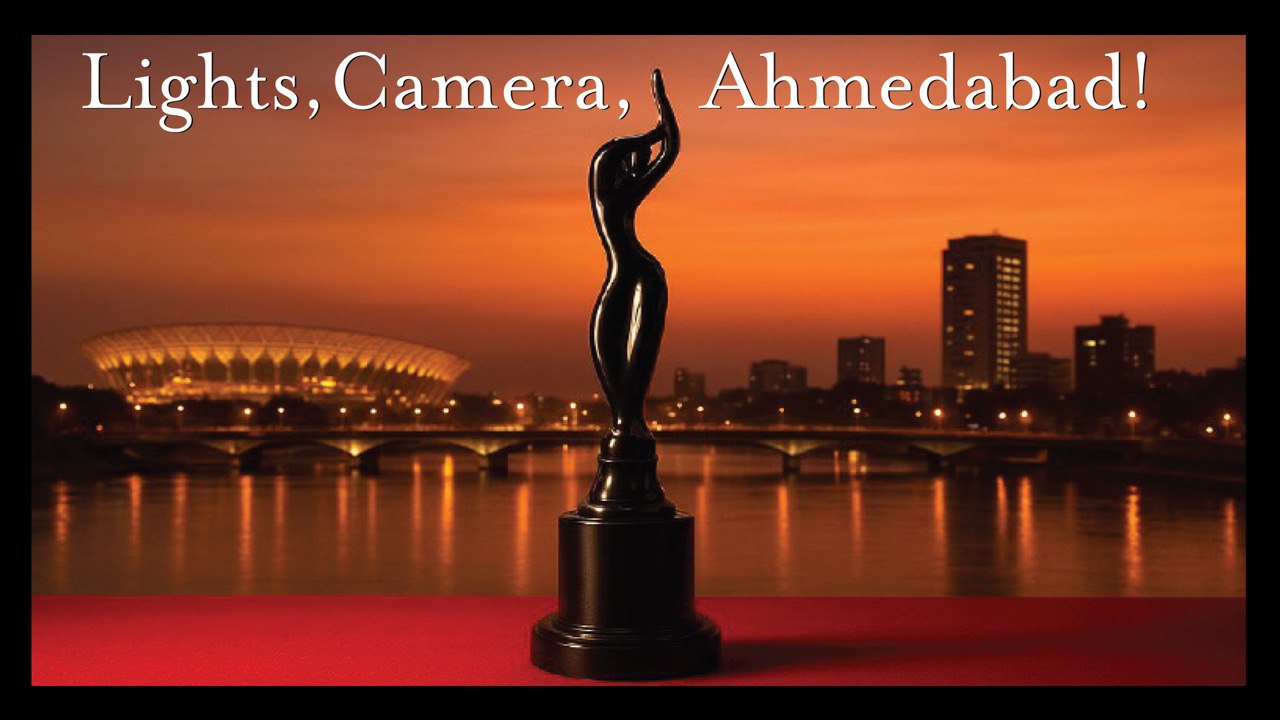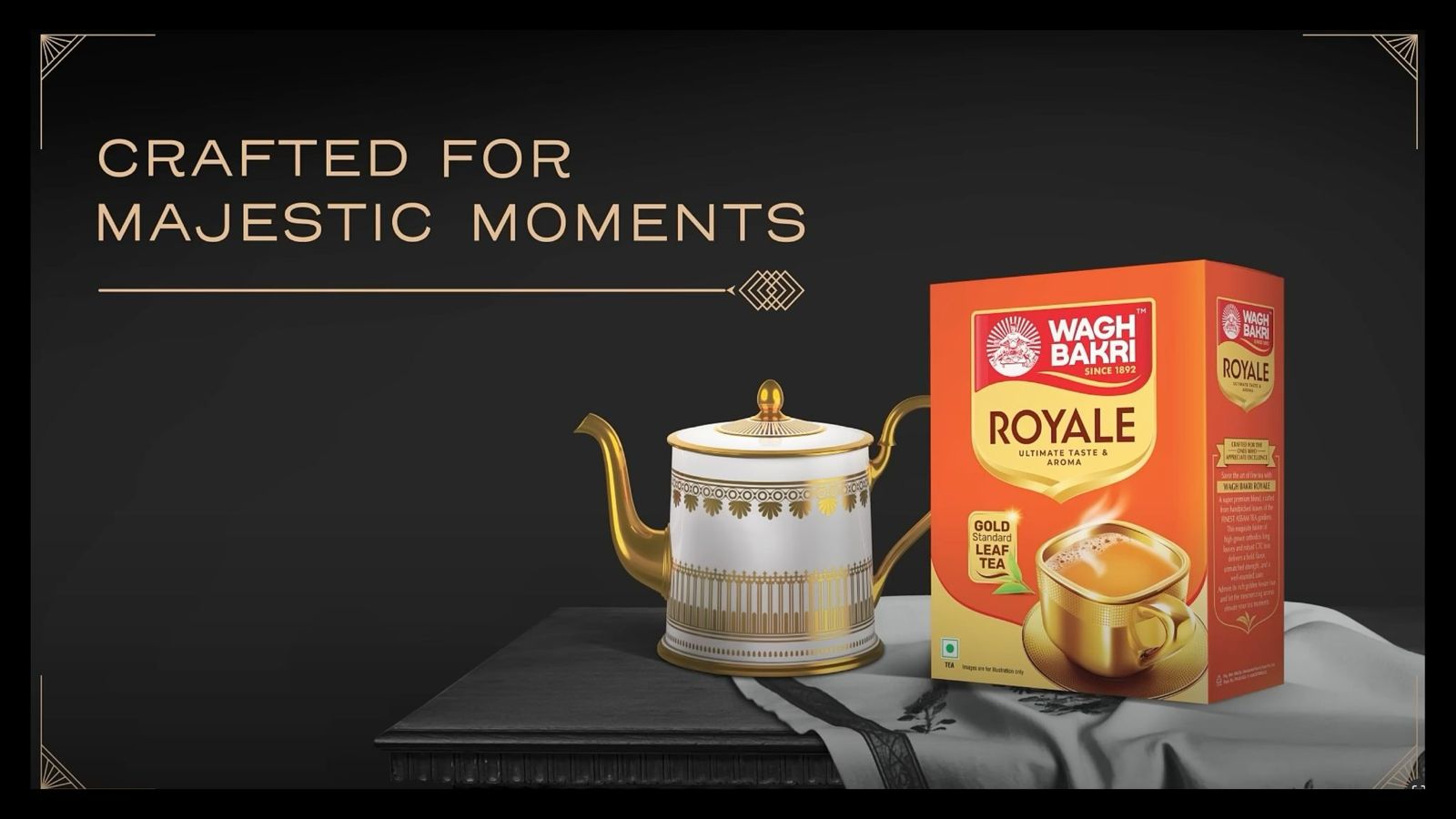In a 600-meter stroll from the Sayaji Baug Gate No.2, an architectural marvel holding works of historical significance – the Baroda Museum & Picture Gallery – greets you in Vadodara. On this International Museum Day, Gujpreneur brings to you a comprehensive article and guide to this hidden gem.
The Baroda Museum & Picture Gallery was built in Indo-Saracenic architecture. It is also known as Indo-Gothic, a fusion style that largely emerged during the British Raj. The two buildings were designed by the then-English architects R.F. Chisholm and Major R.N Mant. Their work lives on in this space. The blend of modern and ancient art in different styles comes to life.
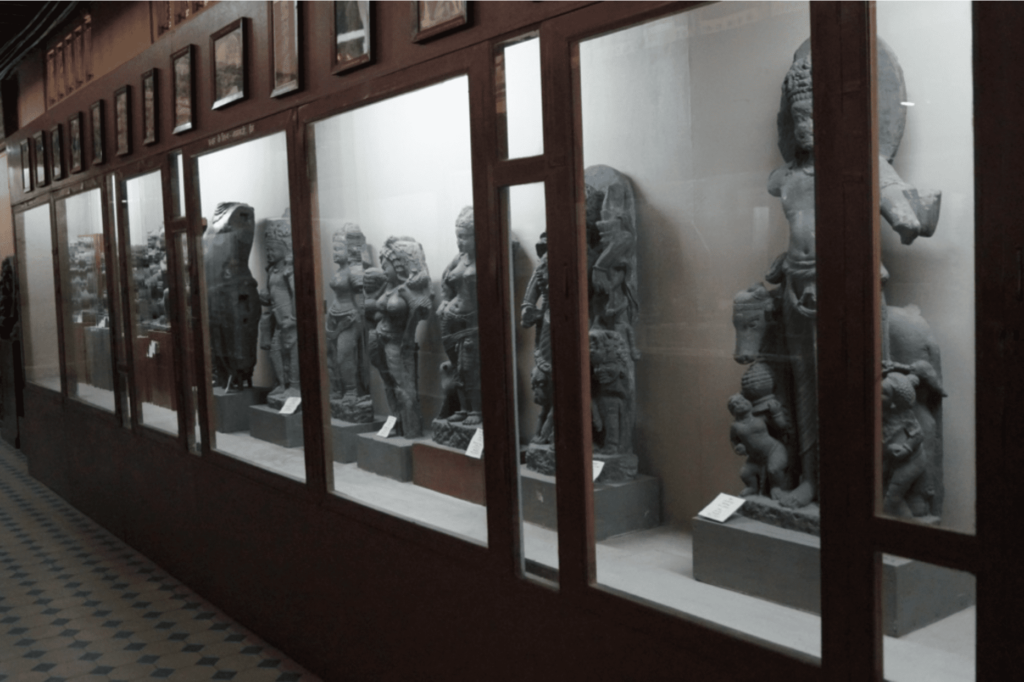
As one enters the museum building, they are highlighted with the local Maratha architecture. It goes along with the wooden framework which is supported by the brick walls. The ground floor of this building is built in European style with a cornice decorated with a plaster copy of a Parthenon frieze. In an adjoining space, the south porch rises on a huge flight of steps, decorated in early and modern Mughal forms.
Meanwhile, the picture gallery is built with European brick, which is simple in style. It is accompanied by the columns on the roof which are Indian and open pavilions on the roof. One can move from the museum to the picture gallery via a connecting bridge. The entire Baroda Museum & Picture Gallery is built in a floor area of 40,000 sq ft. approximately.
The Formation
In 1887, Maharaja Sayajirao Gaekwad III founded The Baroda Museum & Picture Gallery. In 1894, the building was completed while the picture gallery was commissioned in 1908.
The Sayajirao Gaekwad III (1863-1939 AD) believed that “Education was the only leaver by which our country and our people could be moved from the inertia of ages that had weighed them down.” And to fulfill his idea, the formation of the Baroda Museum, along with library services, Kalabhavan, Sanskrit Mahavidyalaya, and The Oriental Institute, began.
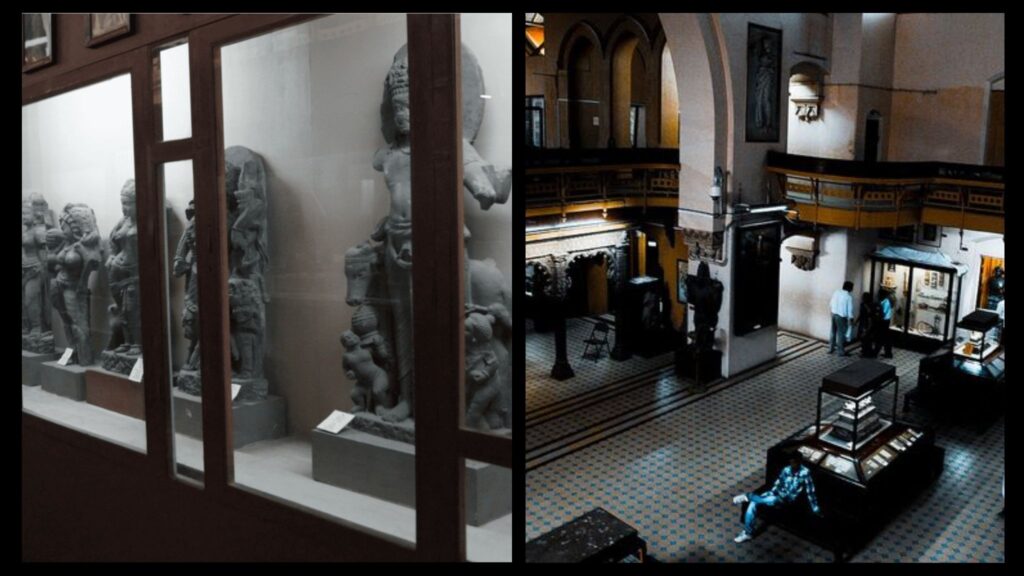
However, until 1921 the picture gallery couldn’t open even after being completed in 1914. The delay occurred as World War I delayed the transfer of artefacts and European paintings to be displayed in it.
As one walks across the museum, you’ll realize that it has a deep resemblance to London’s Victoria and Albert Museum. The space houses a total of 28 galleries. It includes paintings from India, Japan, Nepal, Tibet, Egypt, Greece and the ancient Baroda state.
Rooms Of Historic Importance
The Gallery is divided into various rooms which takes visitors to various eras. For example, the Greater Indian Culture in the museum, holds collections of Indian miniatures, sculptures, folk art, scientific exhibits, and ethnography. This room also takes the audience back to some of the major parts of Southeast Asia.
Similarly, the Japanese Gallery has some rare and well-known artefacts. It included the statue of Empress Jignu, known for breaking patriarchal stereotypes during the third century.
If you want to enlighten yourself with the history of the city, then you must visit the Old Baroda room. It preserves historic value, and displays ancient relics of the city, including the Akota bronze statues. The Akota bronze tracks back to the 5th century, belonging to the Vasatika of Arya Rath of the Kshatrapa era.
Meanwhile, the Baroda Museum & Picture Gallery also has the presence of Buddhist deities in the Tibeto-Nepalese section. The museum has also preserved arts and statues from the Chinese and Islamic heritage from Spain, Egypt, Turkey, Persia, and Iraq.
Educational & Research Significance
Interestingly, the Baroda Museum & Picture Gallery is one of the few museums that holds an Egyptian mummy, a blue whale skeleton, Renaissance artists, and glimpses of the storied history of other cultures. It makes the space a research center for a lot of art & culture students in India.
One of the recent research says that the Egyptian mummy, placed in the Egyto-Babylonian Gallery of Baroda, is catching fungus. The fungus is identified as ’emericella nivea’ and has been deteriorating the mummy. It has been kept inside a glass chamber at the museum.
The Egyptian mummy has been a part of the museum since the early 1900s. The Maharaja purchased it from New York for around $200.
Cultural Highlights
Adding to the inner beauty of the Baroda Museum & Picture Gallery is the art show titled ‘Sanskaro ka Samanvay’.
The Home Minister of Gujarat, Harsh Sanghavi, in the presence of Rajmata Shubhangini Raje Gaekwad inaugurated 22-minute-long show in 2023. It will narrate the history of Vadodara for the audience visiting from different parts of the nation and overseas countries. The show will be beamed on the museum building via an audio-video projector, becoming a source of learning for the audience.



